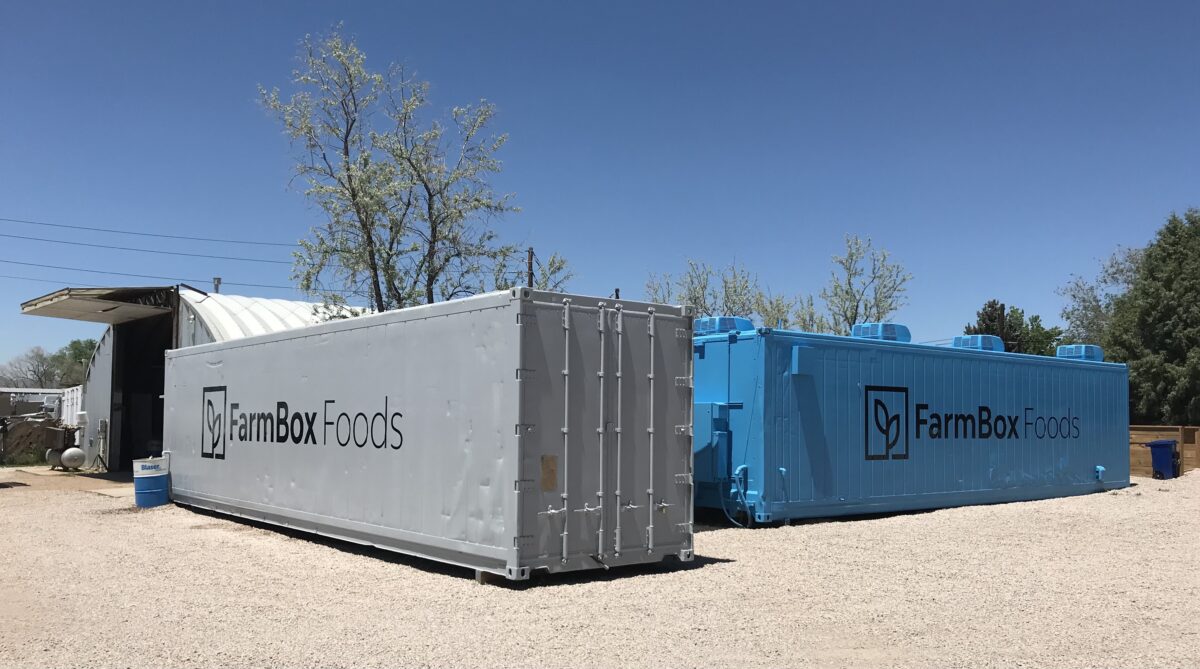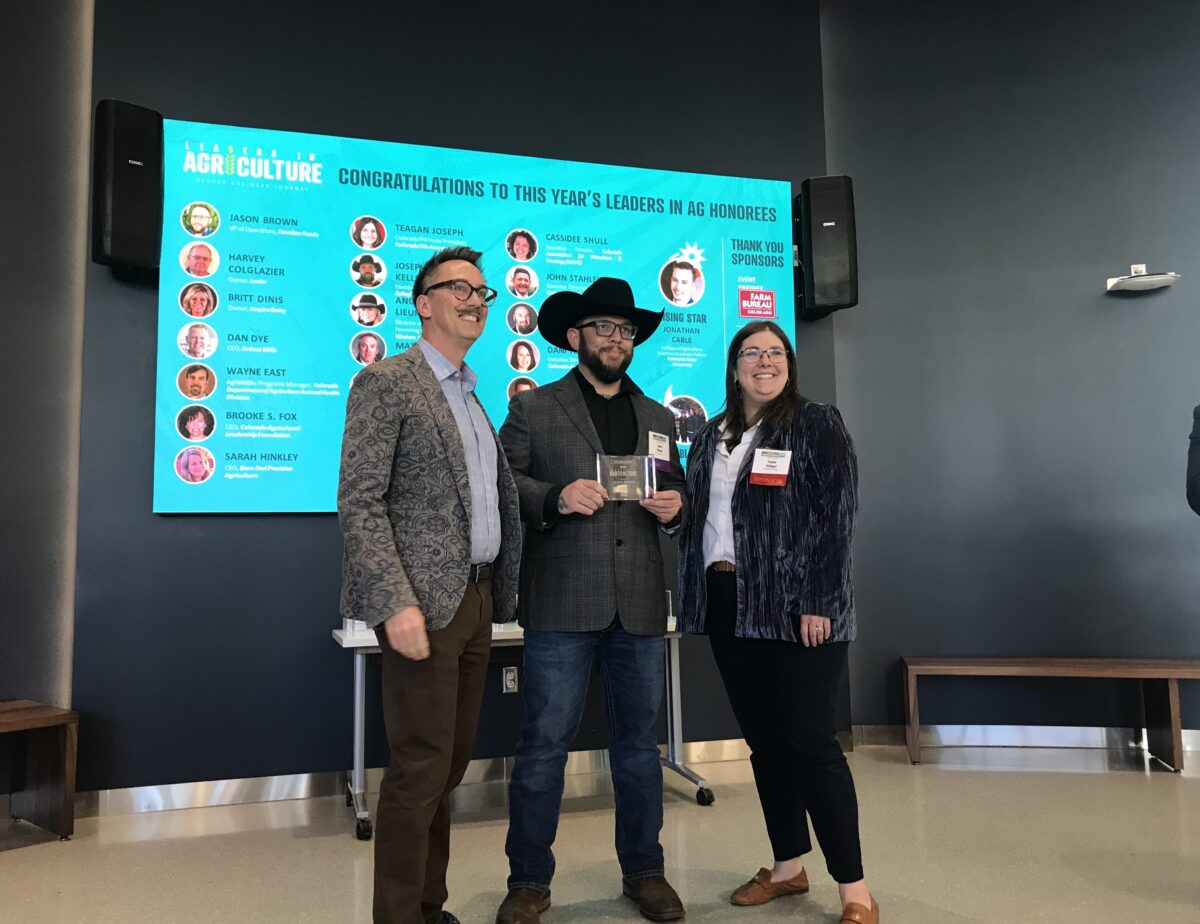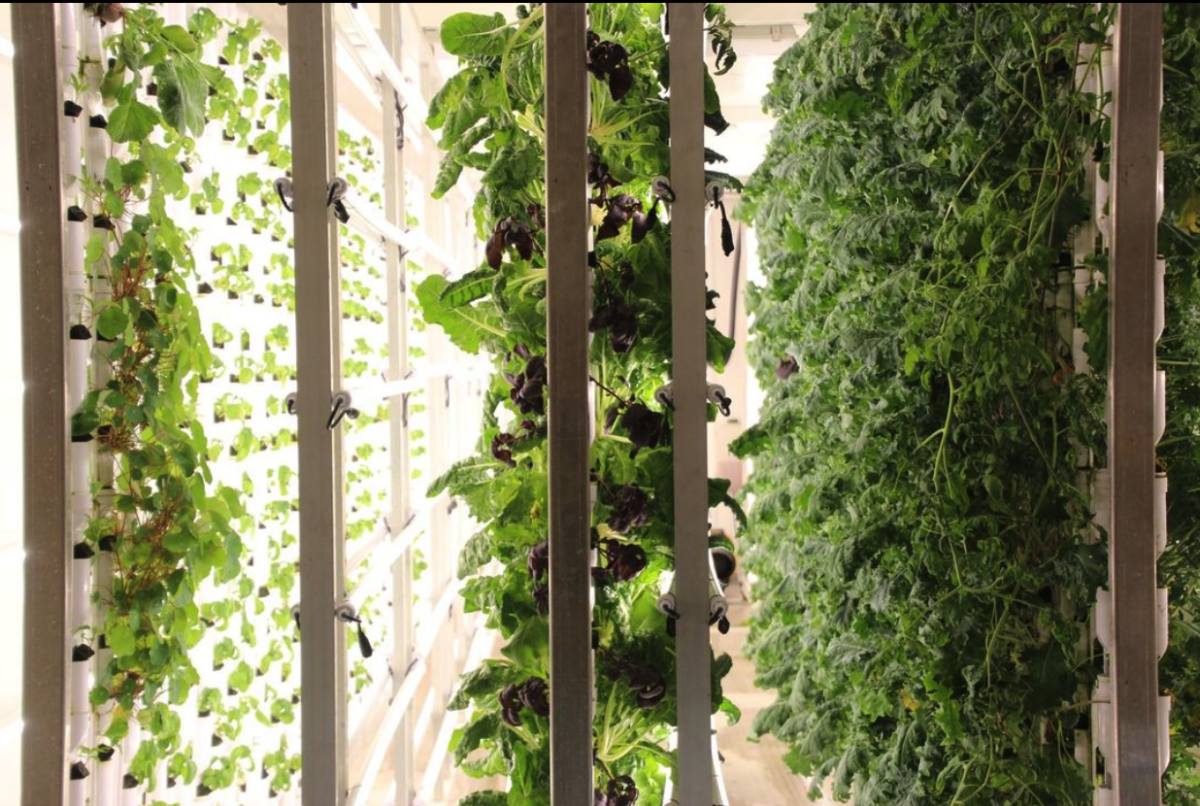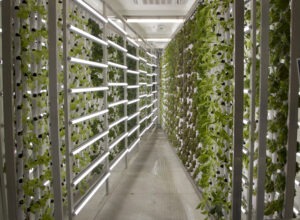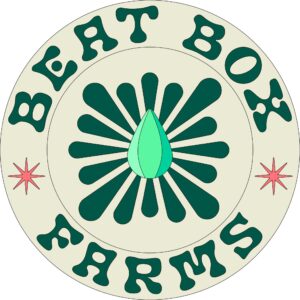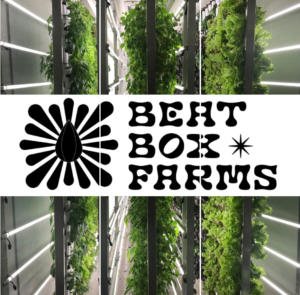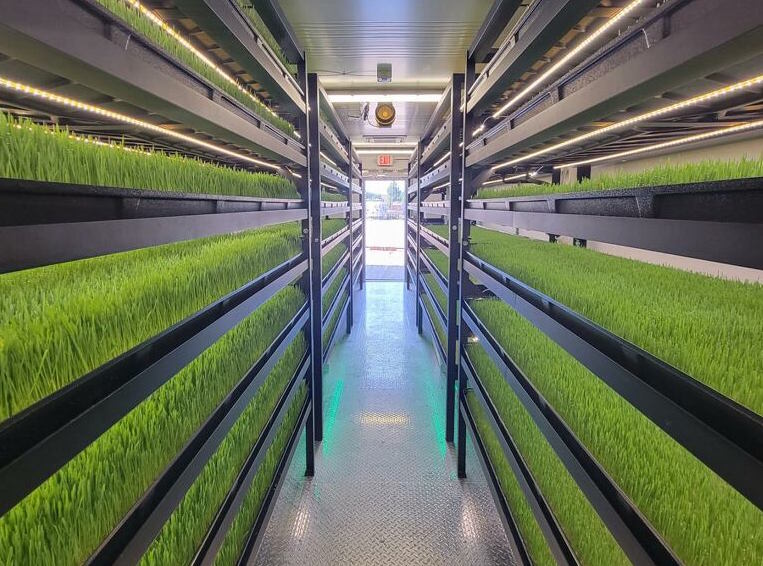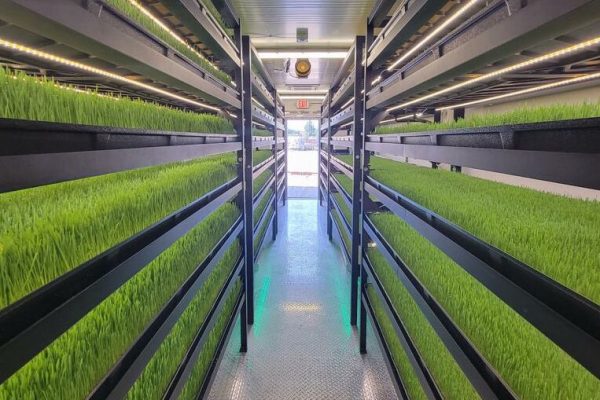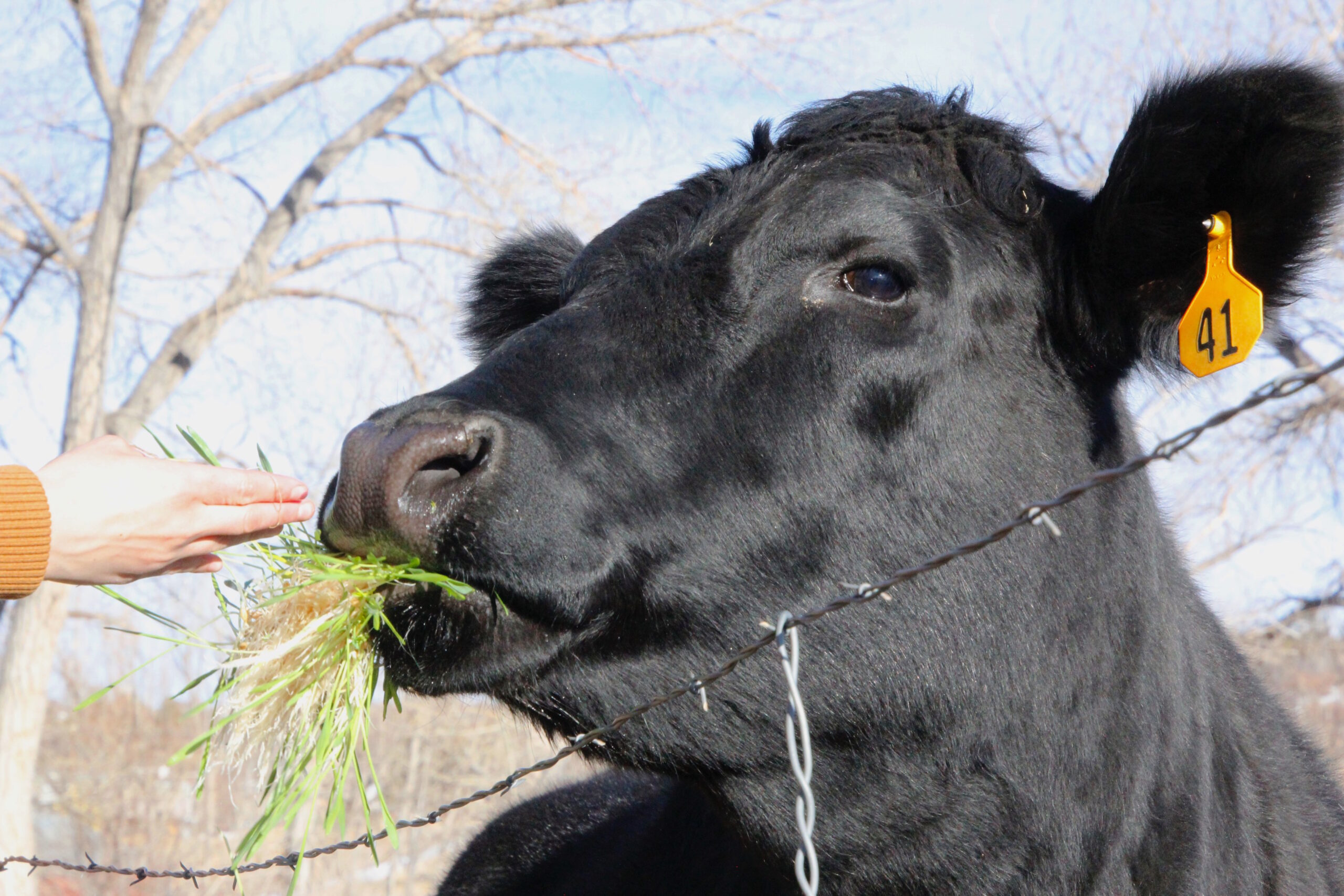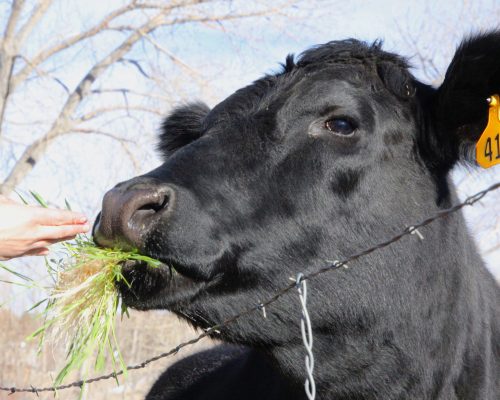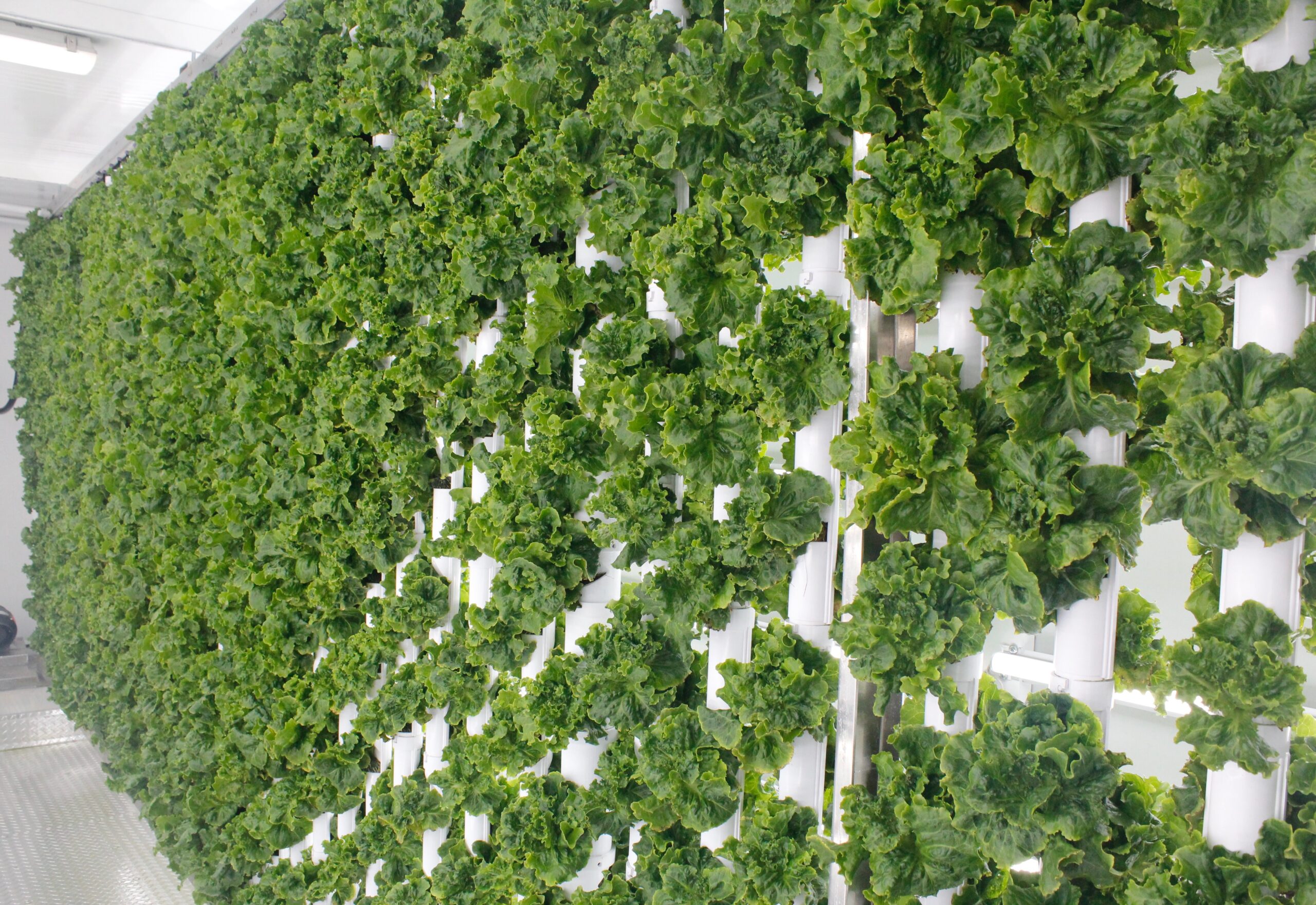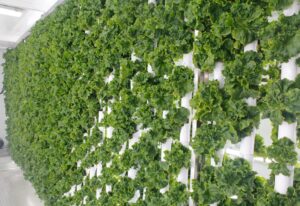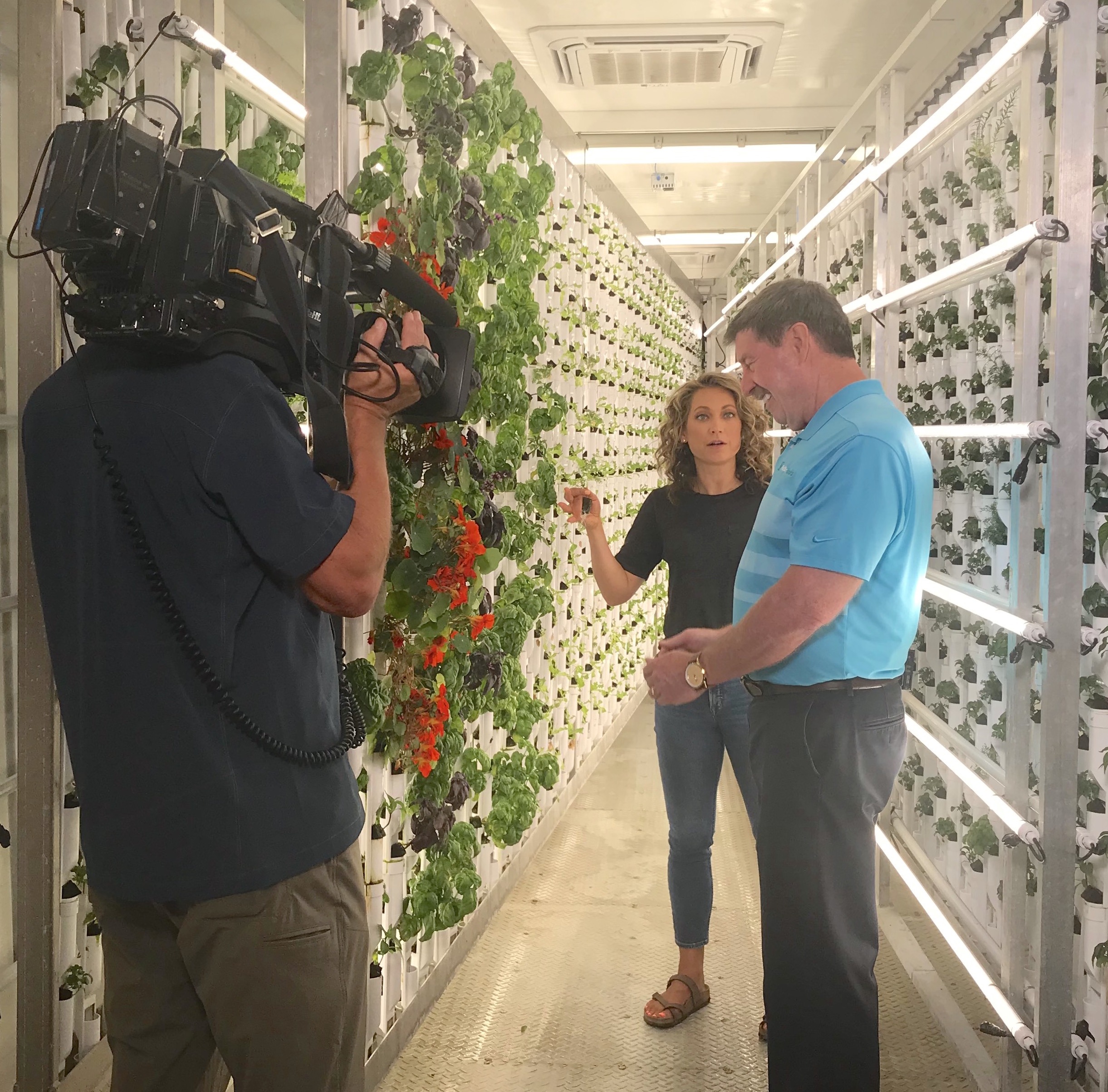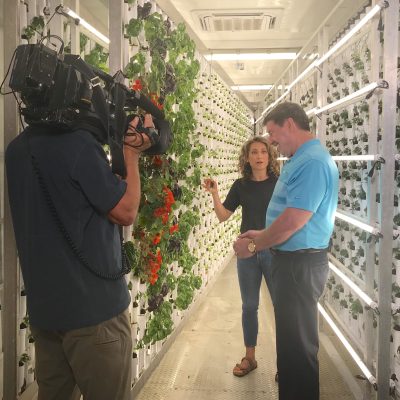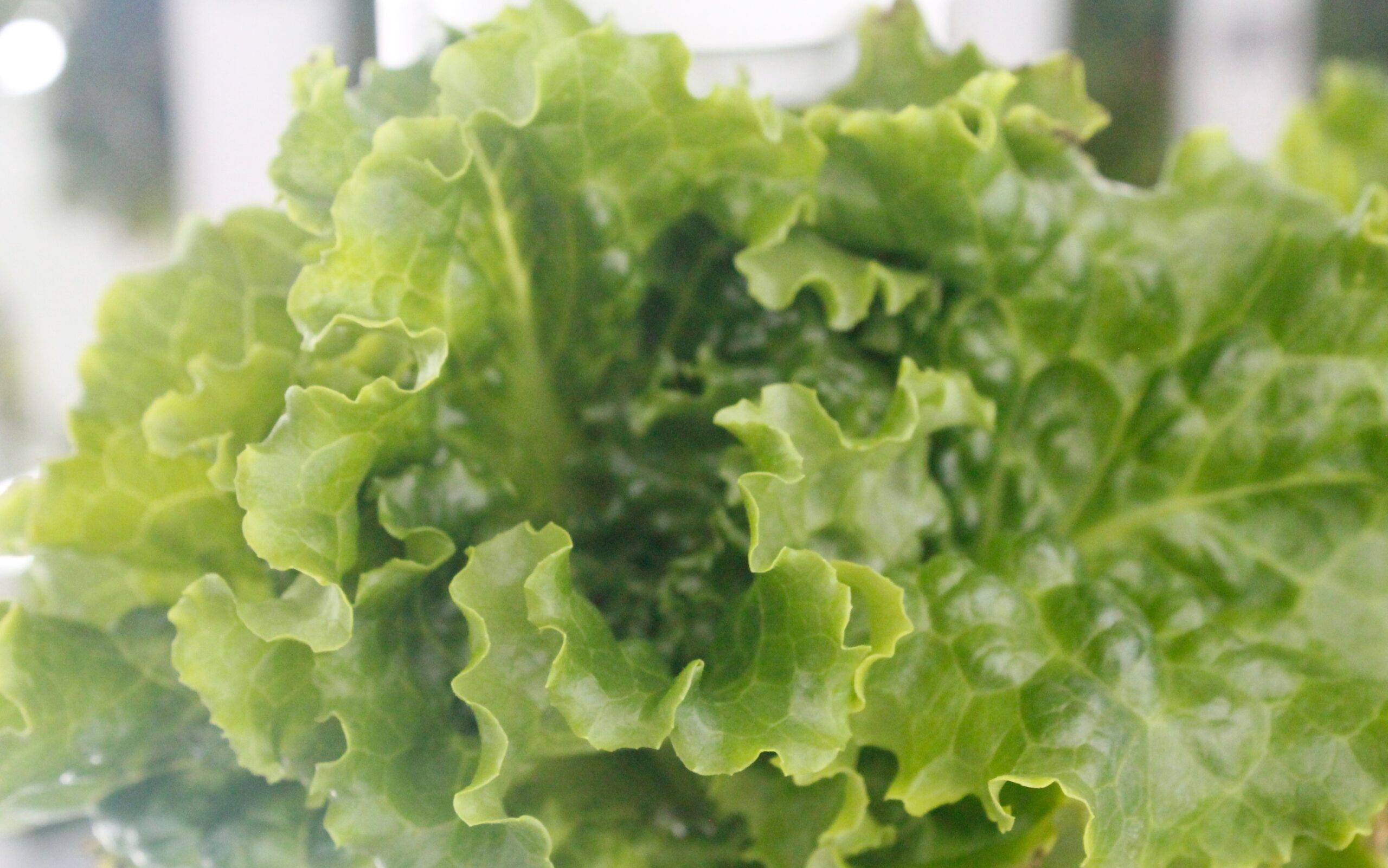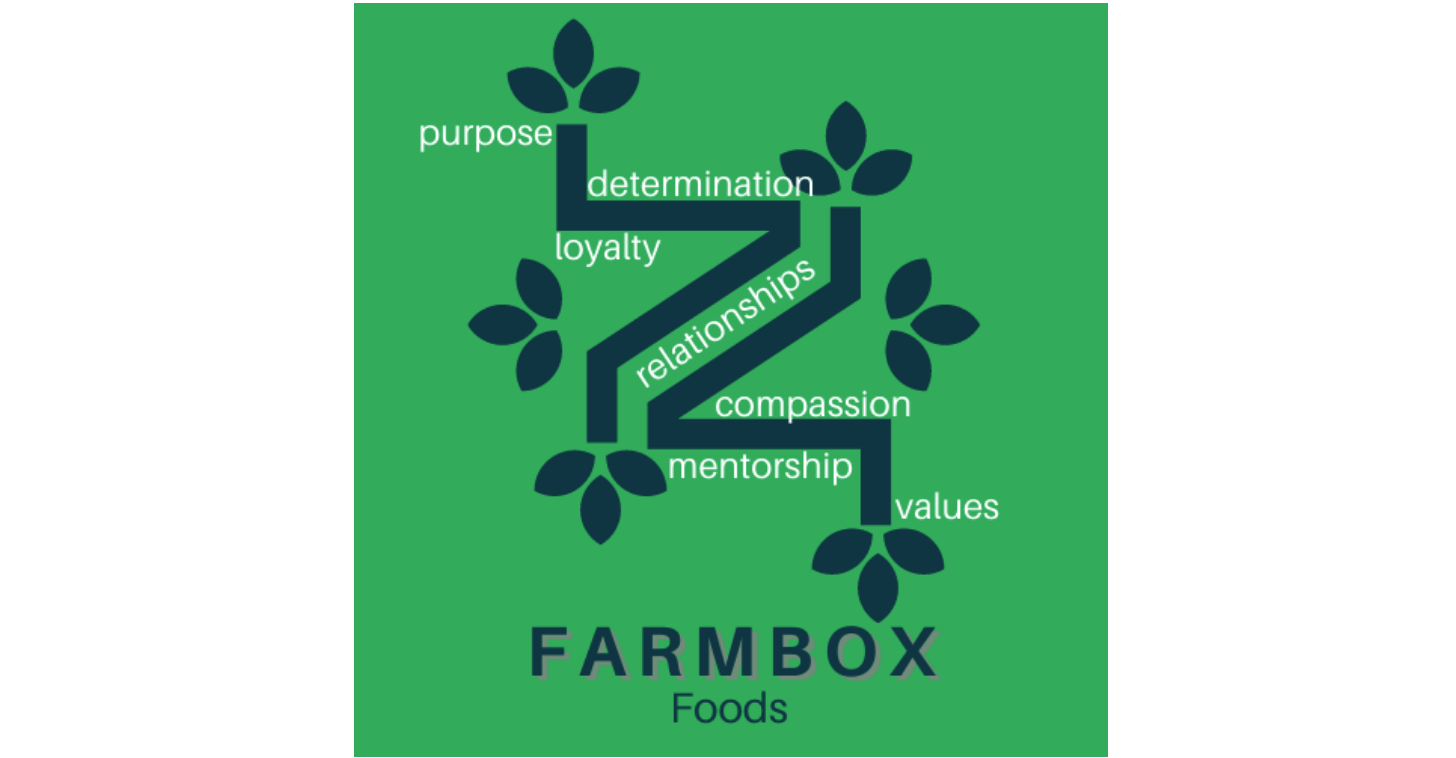Growing vegetables near the consumer is an excellent idea for several compelling reasons, starting with freshness and nutritional value.
Vegetables that are grown locally and consumed shortly after harvesting retain more of their nutritional content compared to those that are transported over long distances (A head of lettuce travels an average of 2,000 miles before it arrives on plates in the U.S.). Hyperlocal growing means consumers receive fresher produce with higher levels of vitamins, minerals, and other beneficial compounds. The reduction in time between harvest and consumption helps to preserve the taste and texture of the vegetables, enhancing the overall eating experience.
Another significant benefit is the environmental impact. Growing vegetables near the consumer reduces the need for long-distance transportation, which in turn decreases greenhouse gas emissions and the carbon footprint associated with food distribution. This localized approach minimizes the use of fossil fuels and reduces the pollution associated with refrigeration and packaging necessary for long-haul transport. Additionally, local farming practices, especially those conducted in low-water-usage, small-footprint hydroponic container farms, often employ more sustainable and eco-friendly methods, which can contribute to the conservation of biodiversity and the health of local ecosystems.
Economic advantages also play a crucial role in the argument for local vegetable production. Supporting local farmers boosts the local economy by keeping money within the community and creating jobs. This can lead to more resilient and self-sufficient local economies, where consumers have a direct relationship with the producers. This relationship can foster a sense of community and trust, as consumers can learn more about where their food comes from and how it is grown, often leading to higher standards and more ethical farming practices.
AND growing vegetables near the consumer promotes food security and resilience. Local food systems are less vulnerable to global supply chain disruptions, such as those caused by natural disasters, political instability, or pandemics. By decentralizing food production, communities can ensure a more reliable supply of fresh vegetables. This local focus also encourages urban and peri-urban agriculture, which can utilize otherwise underused spaces like rooftops, vacant lots, and community gardens, further contributing to food availability and community engagement in sustainable practices.

